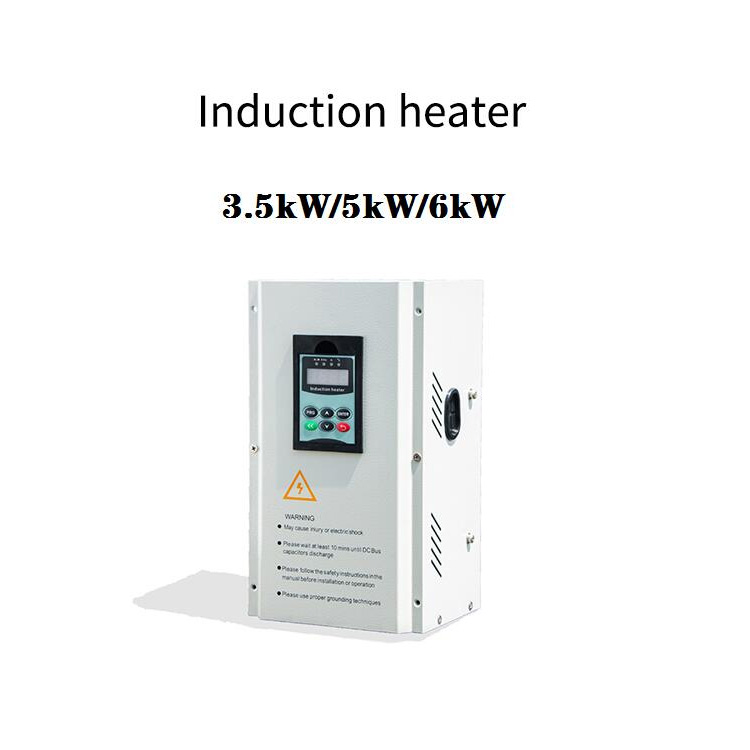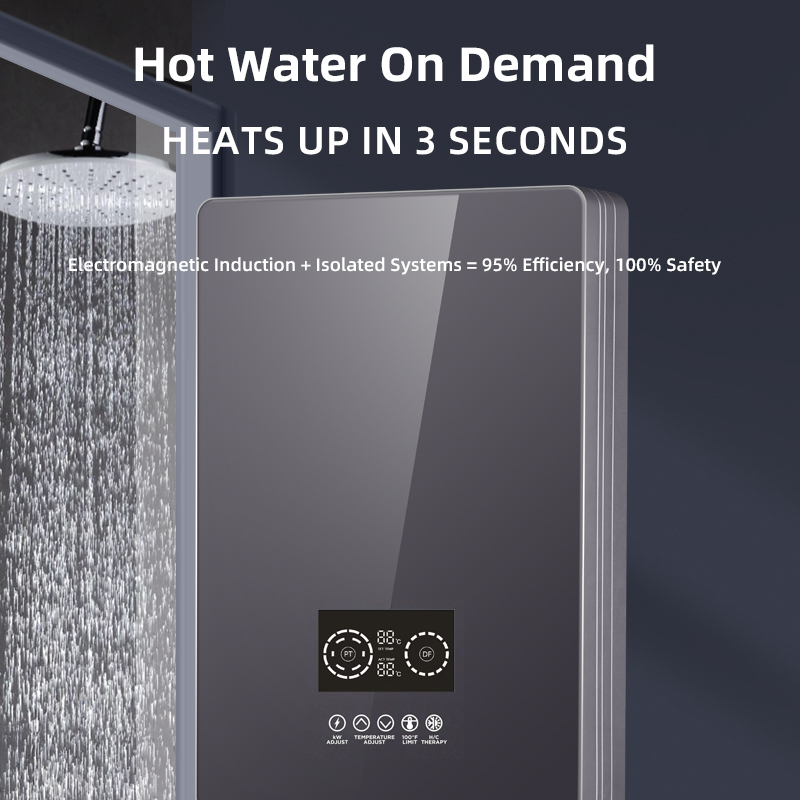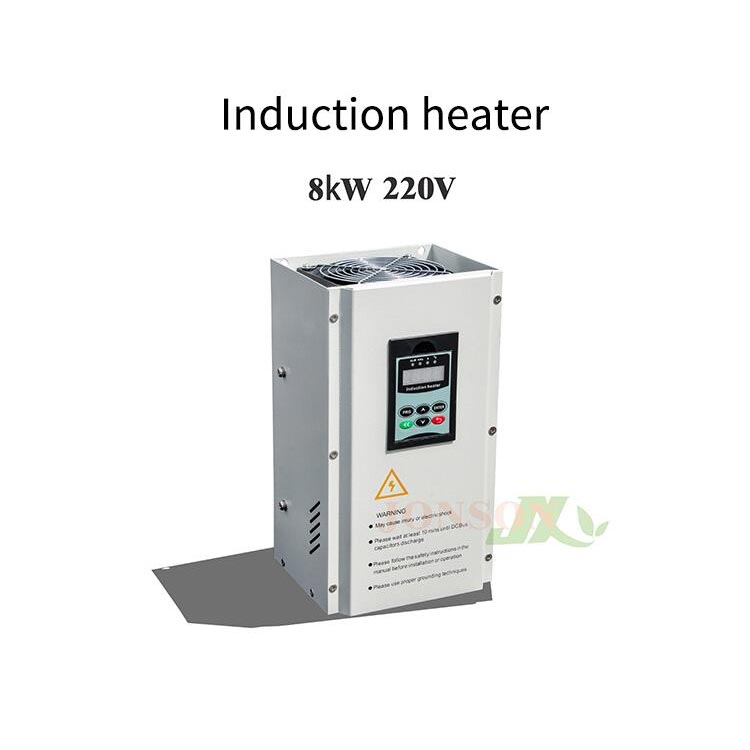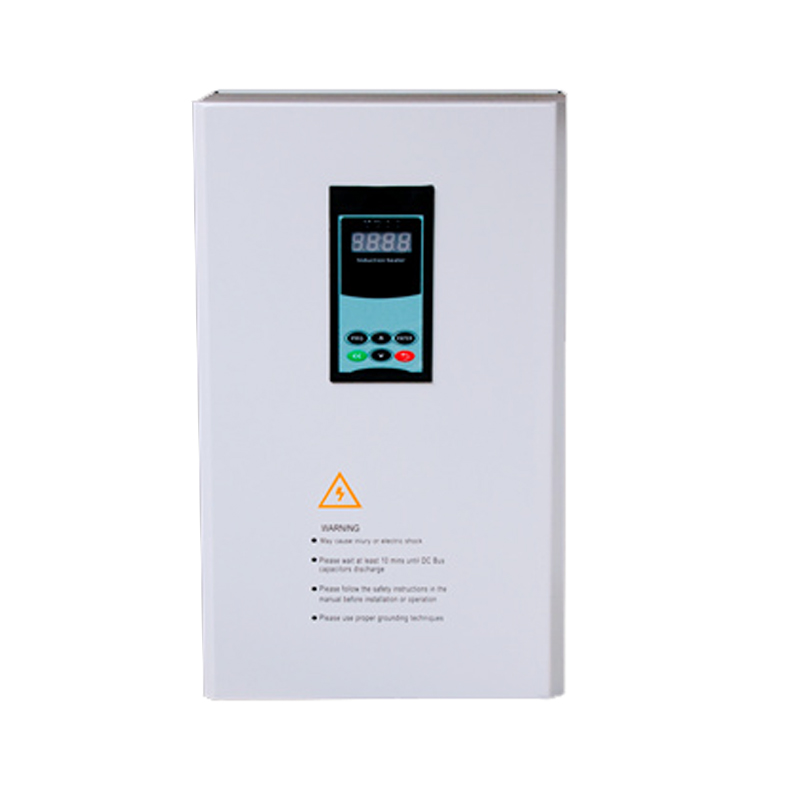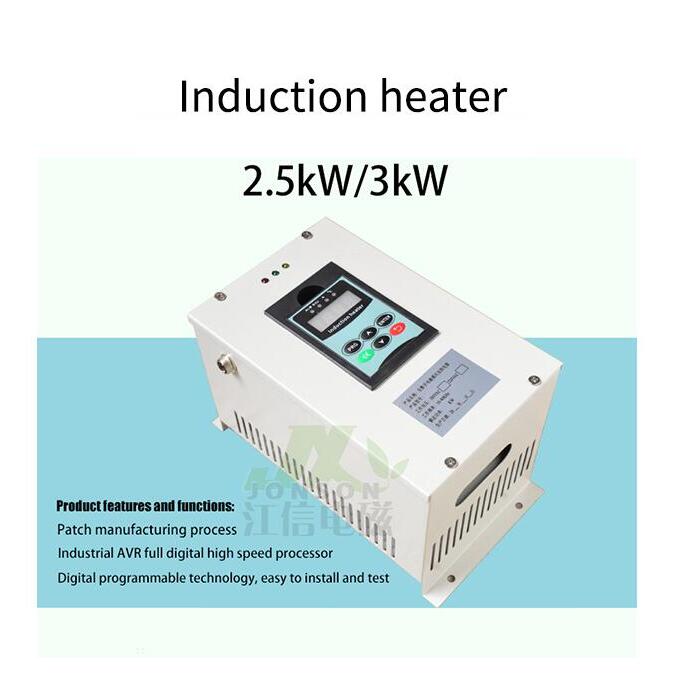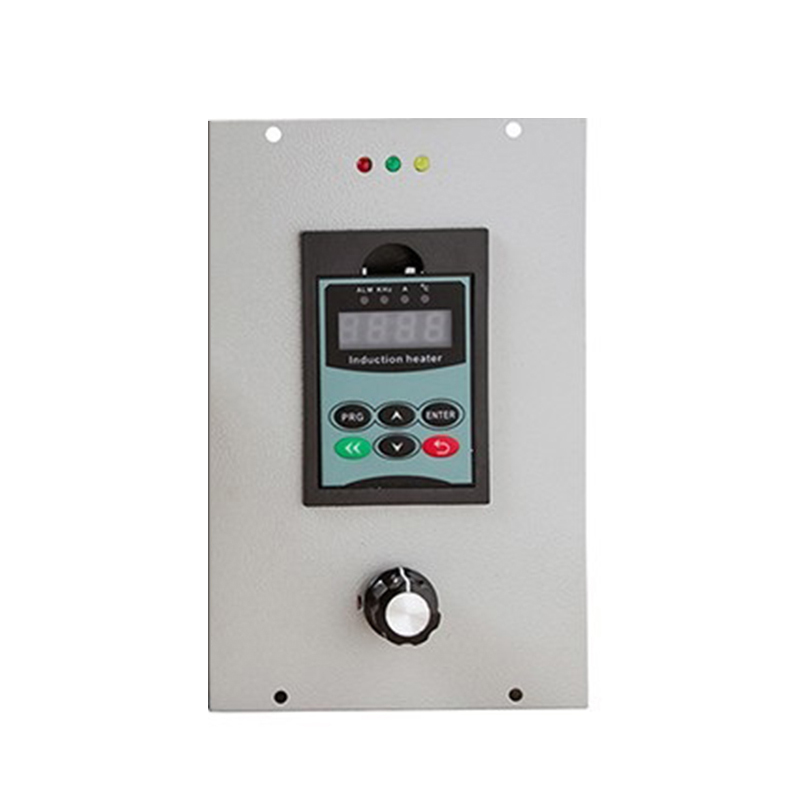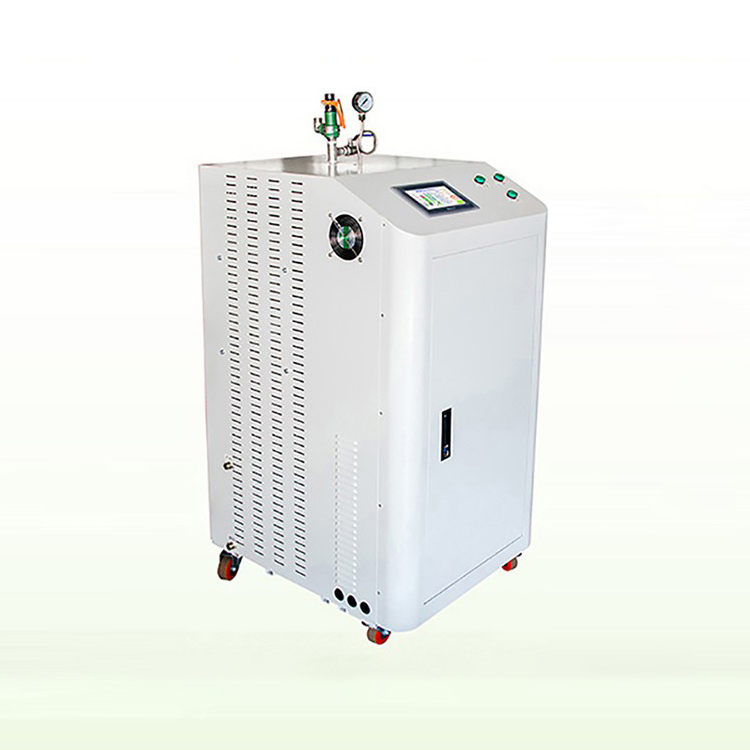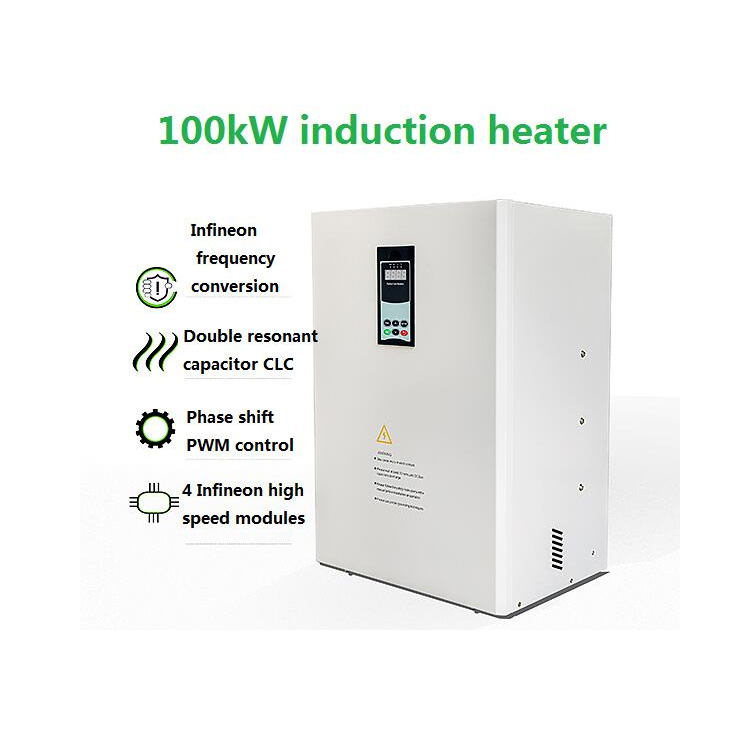Induction heating is a process that utilizes electromagnetic induction to generate heat within a conductive material. The fundamental principle involves the use of alternating current (AC) passing through a coil, which creates a changing magnetic field around it. When a conductive material is placed within this magnetic field, it induces electric currents, known as "eddy currents," within the material. These eddy currents, in turn, result in resistive heating and cause the material to heat up.
Here is a step-by-step explanation of how induction heating works:
1.Power Supply:
2.An alternating current (AC) power supply is connected to a coil made of copper or other conductive material. The coil is often referred to as the "inductor" or "induction coil."
3.Electromagnetic Field Generation:
4.When AC flows through the coil, it produces a rapidly changing magnetic field around it. The magnetic field strength increases and decreases with the changes in the direction of the current.
5.Induction of Eddy Currents:
6.When a conductive material, typically metal, is placed within the changing magnetic field, it experiences electromagnetic induction. This induces circulating electric currents within the material, known as eddy currents.
7.Resistive Heating:
8.The induced eddy currents encounter resistance as they flow through the conductive material. According to Joule's law, this resistance results in the conversion of electrical energy into heat. The material heats up due to the dissipative effect of the eddy currents.
9.Selective Heating:
10.Induction heating is highly selective because it primarily affects the conductive material inside the coil. Surrounding materials that are not conductive are generally unaffected.
11.Temperature Control:
12.The temperature of the heated material can be controlled by adjusting the power input or the frequency of the AC power supply.

